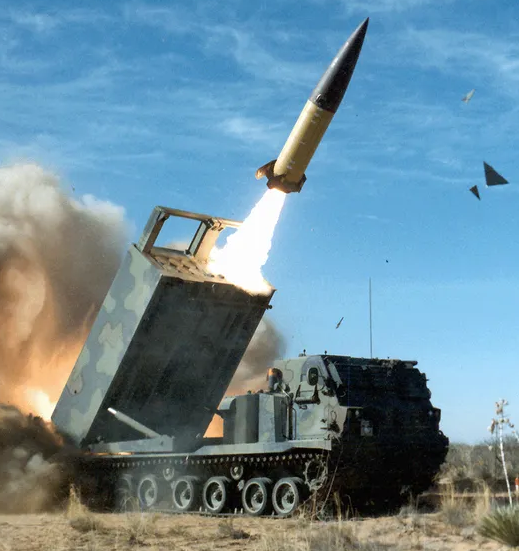I bought a bunch of eneloop pro, but using them in connected thermostats is always displaying “low battery” even after just fully charged. This is when I discovered that they are actually 1.2V
It really came as a surprise, is there a catch? Are they only good for low power stuff like remote controls?
Edit: it seems they do exist in lithium. Question remains why are the NiMH only 1.2v and why are they the most widespread?
But there are 1.5v rechargeable AA batteries out there.
Thanks, indeed. I was searching NiMH 1.5v, but indeed in lithium there are 1.5v
I have some thermo regulated valves that require 1.5v as well, so for those I decided to go with regular alcaline batteries. Those are still above 80% charge after 1 year of usage, that is why I decided not going with rechargeables for those trvs
Yeah, I have some EBL brand 1.5v rechargeable batteries since the VR handsets I own are pretty sensitive to low voltage. They were unfortunately a bit more expensive than regular 1.2v rechargeables.
Eneloops are about the best rechargable AA and AAAs you can buy, they last close to forever. I’ve got some that are a decade old and still in use after thousands of uses and still about 80% of original. You chose well.
And it’s fine. I used to use them a lot for GPSrs. A pair of eneloops lasts about 8 hours in an Oregon. A pair of decent branded Alkaline AAs lasts about 7-8.
The voltage is not an indicator of charge life when you’re comparing different chemistries. The reason you’re seeing low charge is that your device is not calibrated for rechargables. In things that are, they have settings for both so you can select which you use. If your thermostats don’t, then they’ll always removed about anything other than Alkalines.
Always removed about anything else?
my understanding is that the nominal voltage you get out of a cell is always dependent on the chemistry it’s using. alkaline battery cells are always 1.5V until they run down. even a 9V battery is actually six little 1.5 V cells in series in its little rectangular box. NiMH cells are 1.2V. Lithium batteries are actually a variety of different chemistries, but i think all of them have upwards of 3V nominal voltage, so they wouldn’t make a good drop in replacement either without some kind of voltage regulation circuitry.
The light coloured Eneloop ones seem to have the lowest self discharge. I use them in Arlec PIR sensors without issue.
I’ve bought a few of these before (no affiliation) https://www.amazon.com/dp/B0CCL7TJ48
Edit: this is a link to 1.5V rechargeable batteries, which I commented before OP’s edit acknowledging them.
The voltage of a battery is dependent on what materials it’s made of and their electrical properties. So because of quantum physics and shit, a cell made of different materials will have a different voltage. The only real ways to change the voltage is to put multiple batteries in series like how there’s six little batteries in a nine-volt battery (but two NiMH cells would give 2.4 volts and overvolting can cause even more problems than undervolting), or have some kind of active circuitry to adjust the voltage (which adds a significant amount of inefficiency and therefore reduces the effective capacity of your battery, not to mention the cost of having a circuit board with many components embedded in the battery).
It really came as a surprise, is there a catch? Are they only good for low power stuff like remote controls?
Most AA battery powered devices are designed to accept a fairly wide range of voltages because the raw voltage from a battery is inherently variable, and 1.2 is almost certainly within tolerance (depending on how reputable the manufacturer is, there’s a good chance the engineers specifically tested it with rechargeable batteries to ensure they work, since it would be a really bad customer experience if they didn’t work) Besides, for high power stuff, usually it’s the current rating that matters, specifically, something called equivalent series resistance AKA how much the voltage drops when under load. High quality NiMH batteries can deliver a lot more current than alkalines so depending on what kind of load you have on it, the voltage of a NiMH might even be higher than alkaline when the voltage drop is factored in. I’ve personally never had any issues with NiMH’s in high draw devices.
There are rechargeables with integrated buck converters that can provide 1.5V, but they have their own issues.




